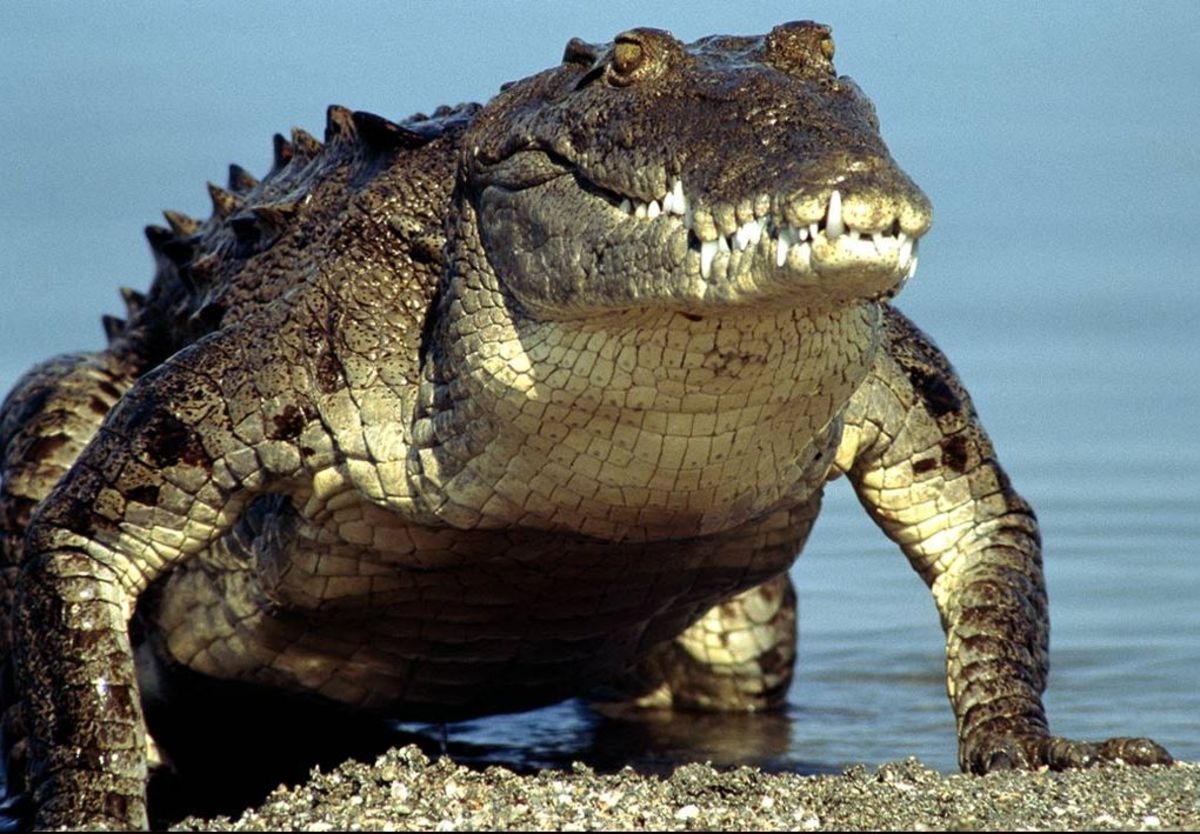The Cheetah: Fastest Mammal on Earth
Built For Speed
The cheetah can run as fast as 70 mph, up to a distance of 500m (1,640ft). It's ability to accelerate from zero to 60 in a total of 3 seconds holds a personal curiosity into the physics behind their structures.
What is the secret behind their amazing speed? Evolution sided with its benefits, and it has created this long, fragile dasher.
Airways
The nasal and sinus cavities fill most of their skulls, which enables the cheetah's breathing, as it is running. This is an animal that can run as fast as a car on the freeway, and it doesn't have a windshield. These cavities improve the cat's breathing, as the air presses against the face.
The cheetah also has a wider rib cage, which provides protection to the animal's over sized lungs and large heart. The size of these organs aids the ability to take in these bursts of air, at top speeds. I guess we could say, they have "internal windshields," in this case? Sounds good, let's put it at that.
Long, Narrow, and Slender
Everything about the cheetah screams these descriptions, and evolution states that it's all for good reason. Long, narrow shoulder blades and strong, thin muscles provide resistance to the impact it takes, while running at top speeds.
Long, slender leg bones and attached muscle enable the required force it takes for the animal to accelerate from zero to 70, in a total of 3 seconds. Human technology hasn't even accomplished creating a vehicle that matches the average cheetah's acceleration rate. The cat also has a hyper-flexible spine, equipped to aid in covering its tracks. Take a look at the video of this documentary, below. Notice how you can see the spine appears to be "bending?" The long back muscles connecting the spine enables its legs to stretch outward, making it look like the animal is taking flight, at top speeds.
Physics in Cheetah Speed: Seen in action
Evolution Built for Tight-turning Maneuvers
A majority of the prey running from a cheetah dodges, allowing evolutionary generations to provide a few characteristics of its own. One of these features has to do with it's semi-retractable claws, enabling traction with the dirt.
The quick-thinking steering is combined of its tail and its collar bone. The long, slender tail serves as a "rudder," which enables the maneuvers to pull through with a simple flick. Unlike other species in the animal kingdom, the cheetah's collar bone appears to be embedded in the shoulder region of its musculature, which provides the reaction it needs. With these features together, it gives the animal the advantage behind those pesky dodges impalas and hares can make.
Disadvantages in Cheetah Speed
There are a few disadvantages behind the evolution of the cheetah, especially in relation to its cousins. Because these speeds hit as fast as they do, they can only cover up to 500m (1,640 ft), before they become completely exhausted. The amount of air it takes also resulted in a smaller muzzle, making it vital for the animal to attempt jugular kills. Its body is also not equipped to get into conflict with other animals, but its speed can manage its escape, given the provided circumstances.



